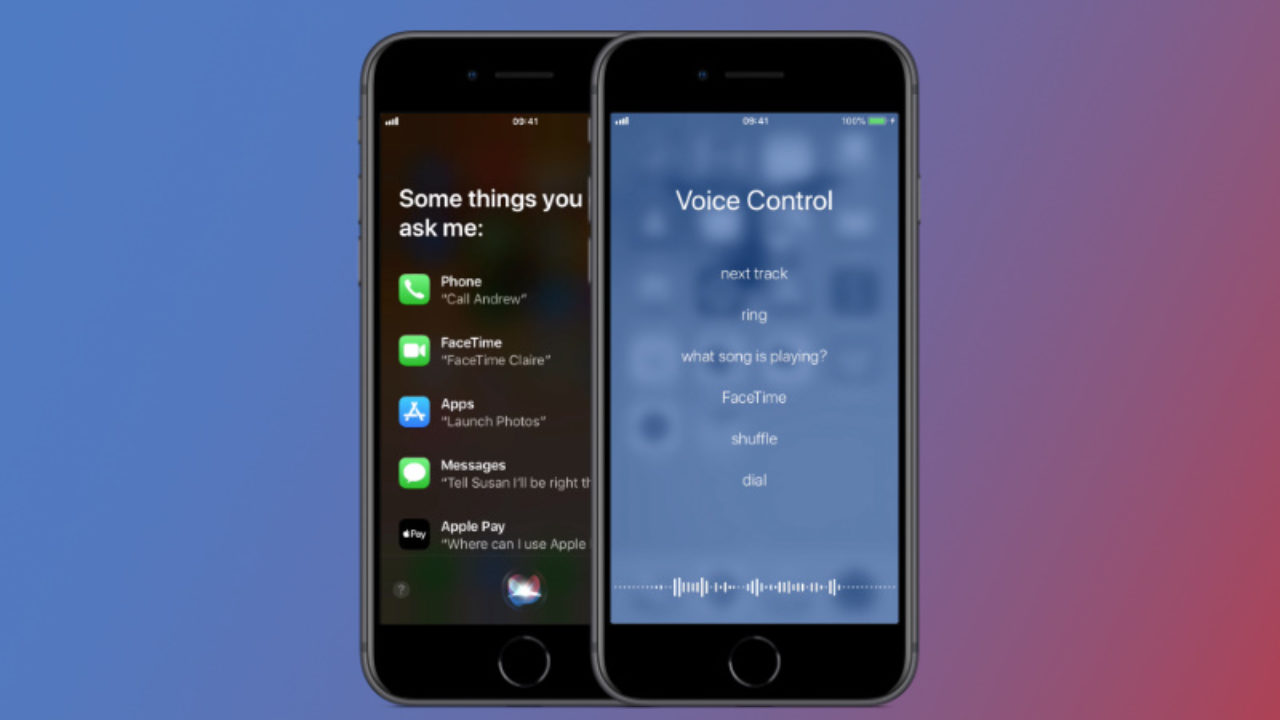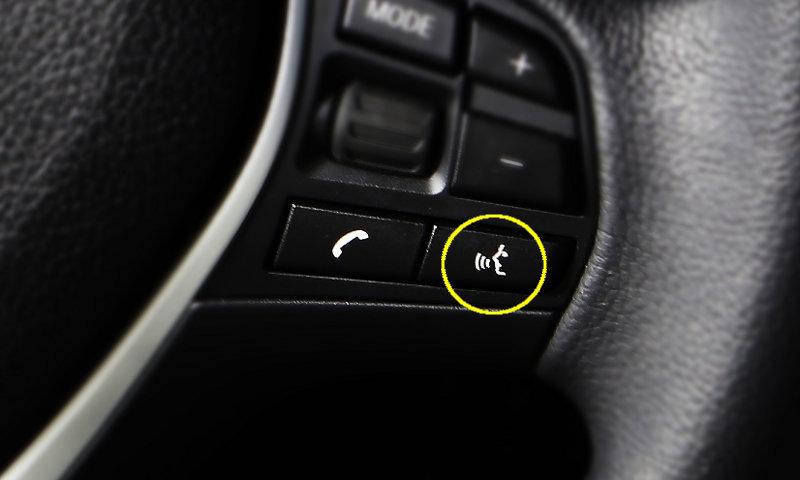
Microsoft launched it’s first speech recognition feature for Office XP in 2001, followed 10 years later by Apple’s introduction of Siri on April 14, 2011. Sure it only understood 16 words, but this was well over fifty years ago! In 1961, IBM introduced the IBM Showbox, which is viewed as the first digital speech recognition tool.

Voice assistants have been around for longer than you might expect! It comes down to how you define a voice assistant, but the tech definitely didn’t begin the launch of Amazon Echo, Siri or Google Home. You might have a lot of different brands of technology in your home, but you may only need to communicate with one: your voice assistant. Therefore, these assistants are becoming viewed as the linchpin of smart home technology, as they are often the face of the multiple devices and brands that make up a smart home. This kind of excitement has created a surge in the marketplace to produce a myriad of these type of smart devices, especially ones you can address and control. From smart light bulbs to smart solar to smart toilets, it’s clear that the people are excited about being able to communicate and control their home. One of the recent top trends of the smart tech world has been the further integration of devices with these leading voice assistants. Voice assistant control is being welcomed into connected homes across the globe, as people are taking to purchasing voice assistants and smart tech in larger and larger numbers.

In fact website ComScore recently predicted that by 2020, half of all searches will be done vocally! These assistants are becoming more and more popular as the technology grows in sophistication and intelligence. It’s technology like Google Home, Siri and Alexa that can be used to literally talk to a computer, a smartphone, or another device.
#Siri voice activate software#
Simply put, a voice or smart home assistant is a piece of software that communicates to the user audibly, and responds to spoken commands.


 0 kommentar(er)
0 kommentar(er)
